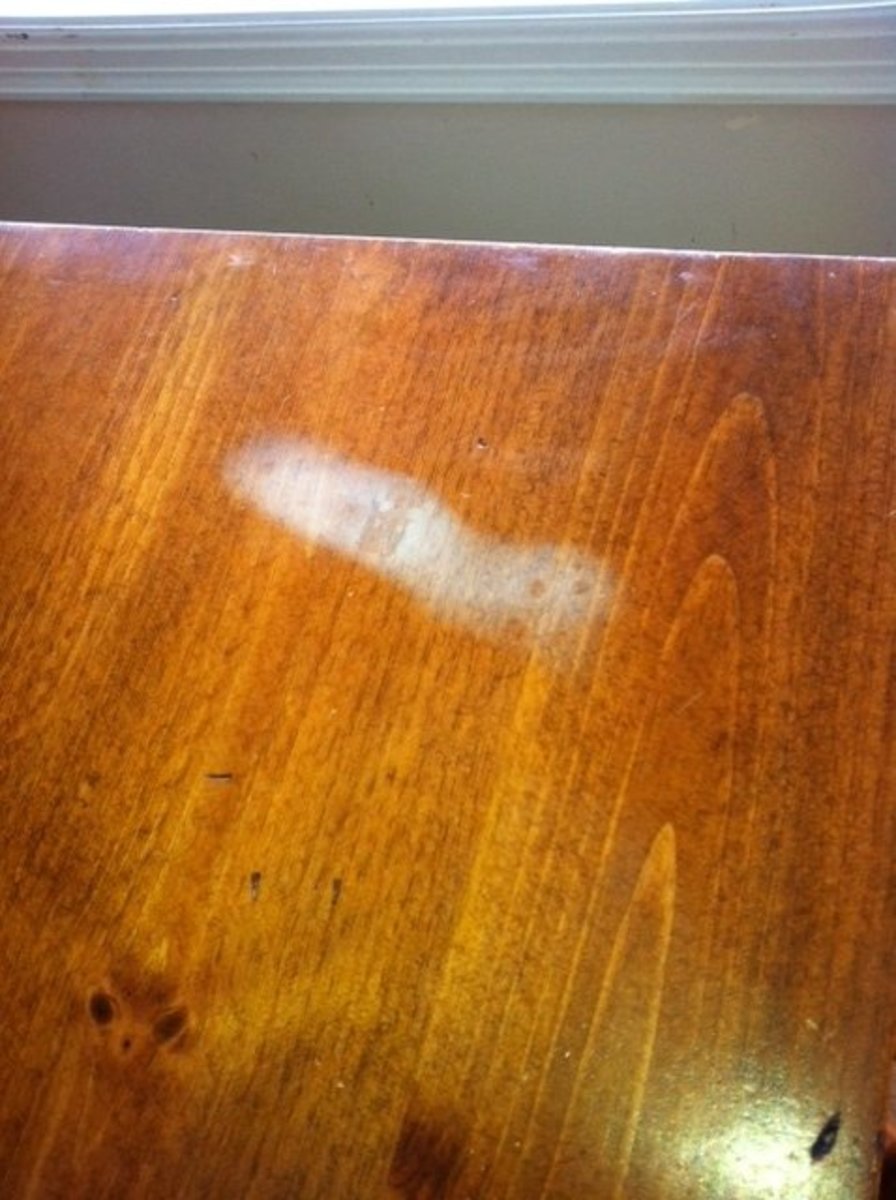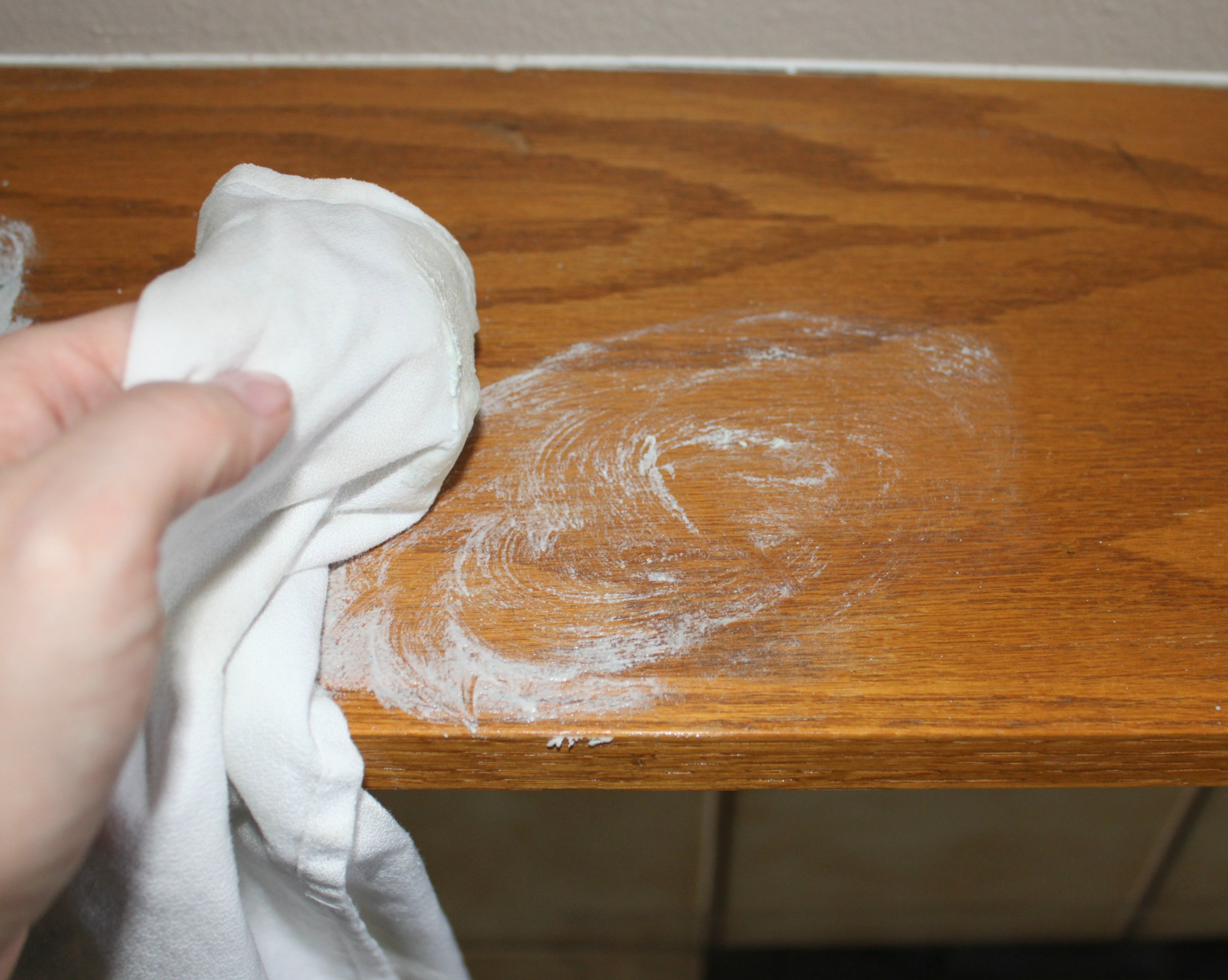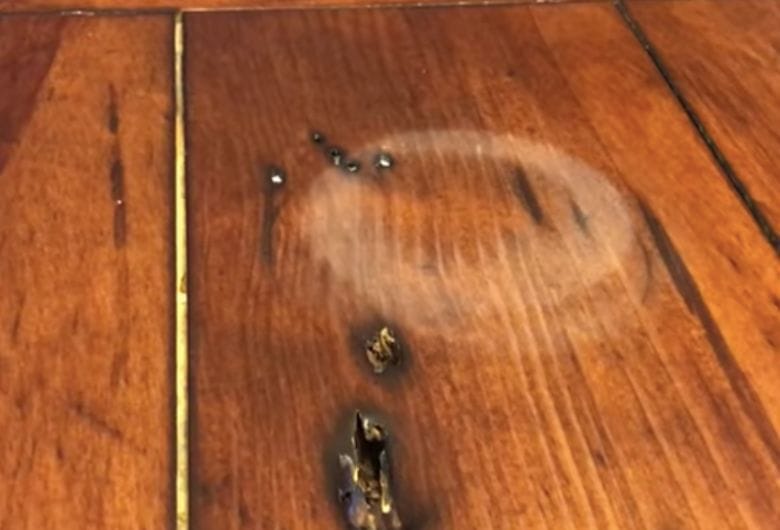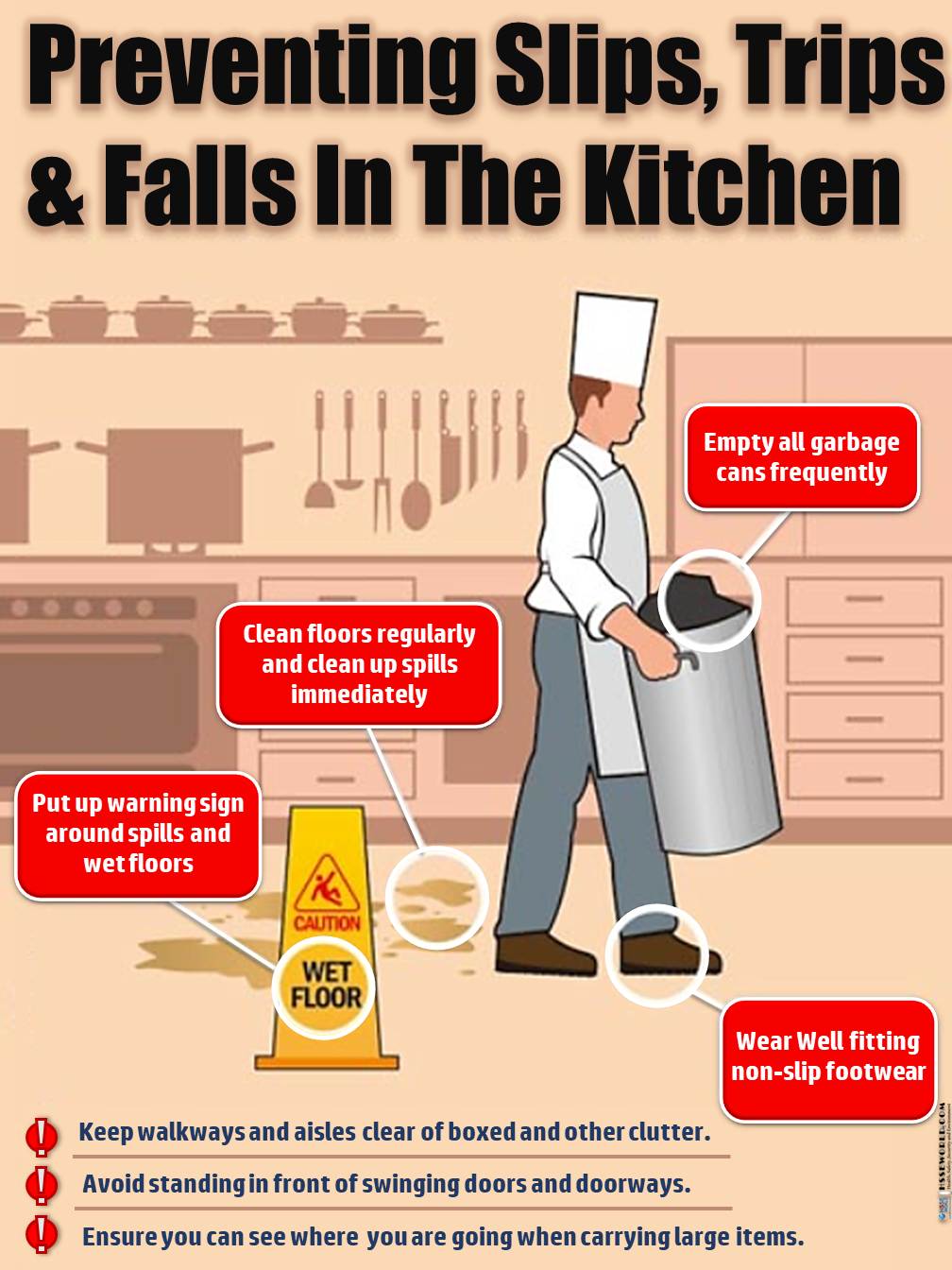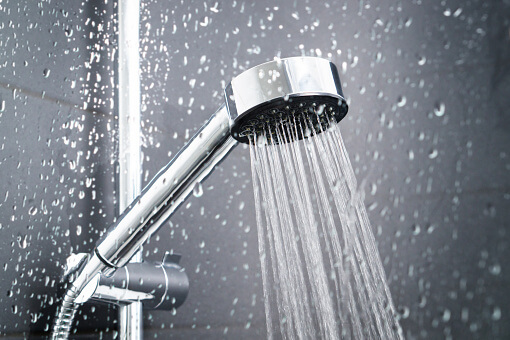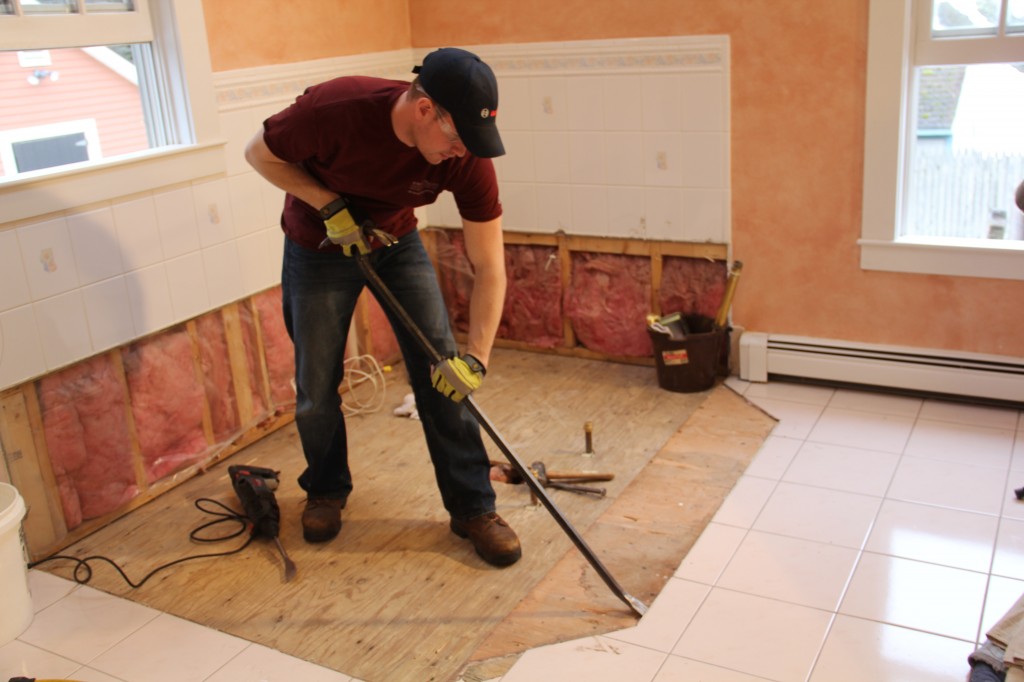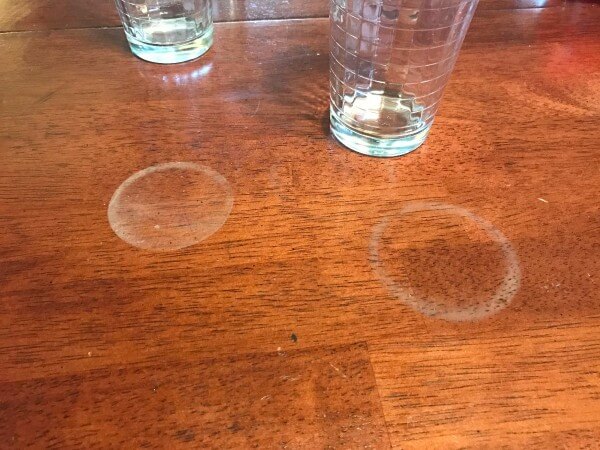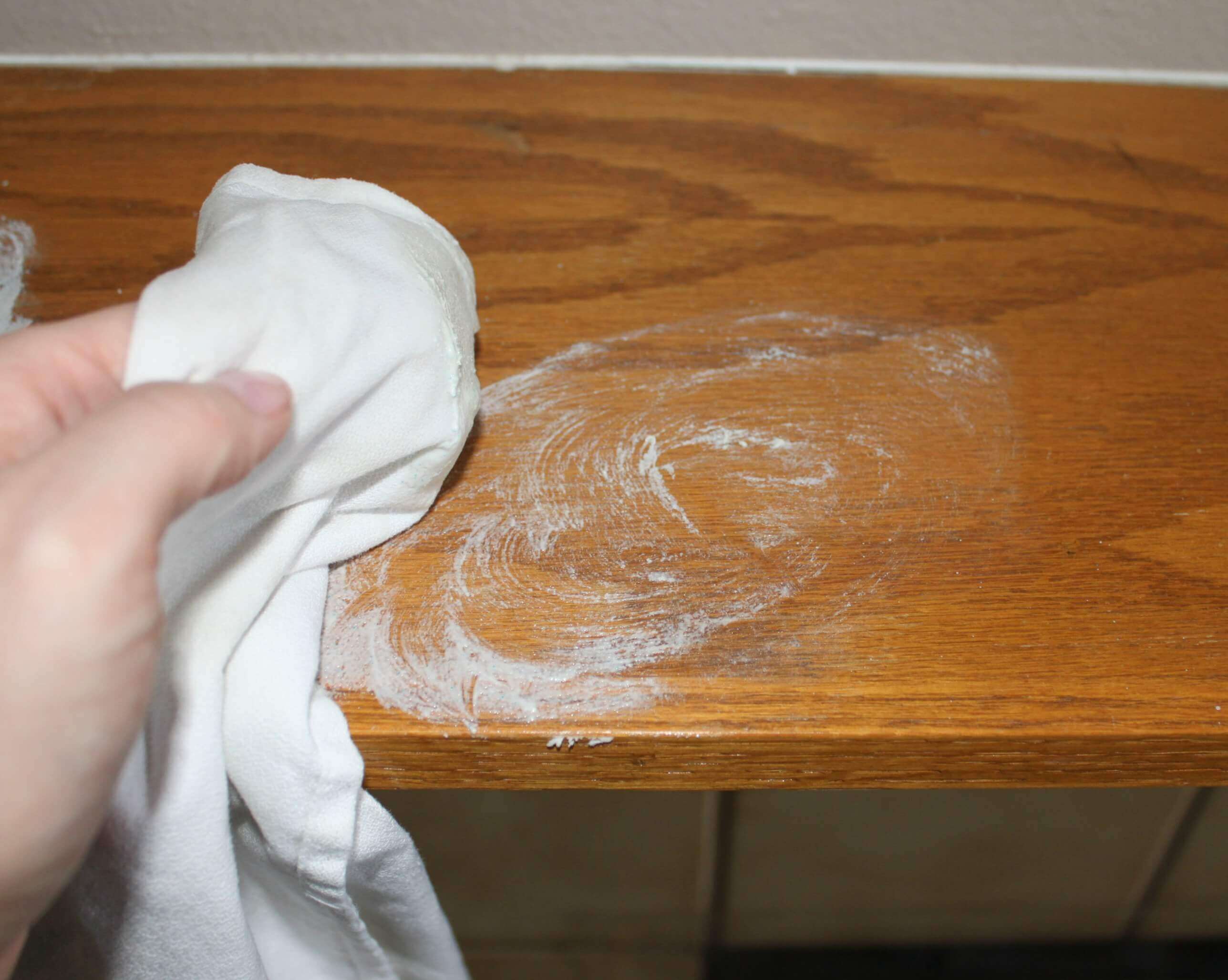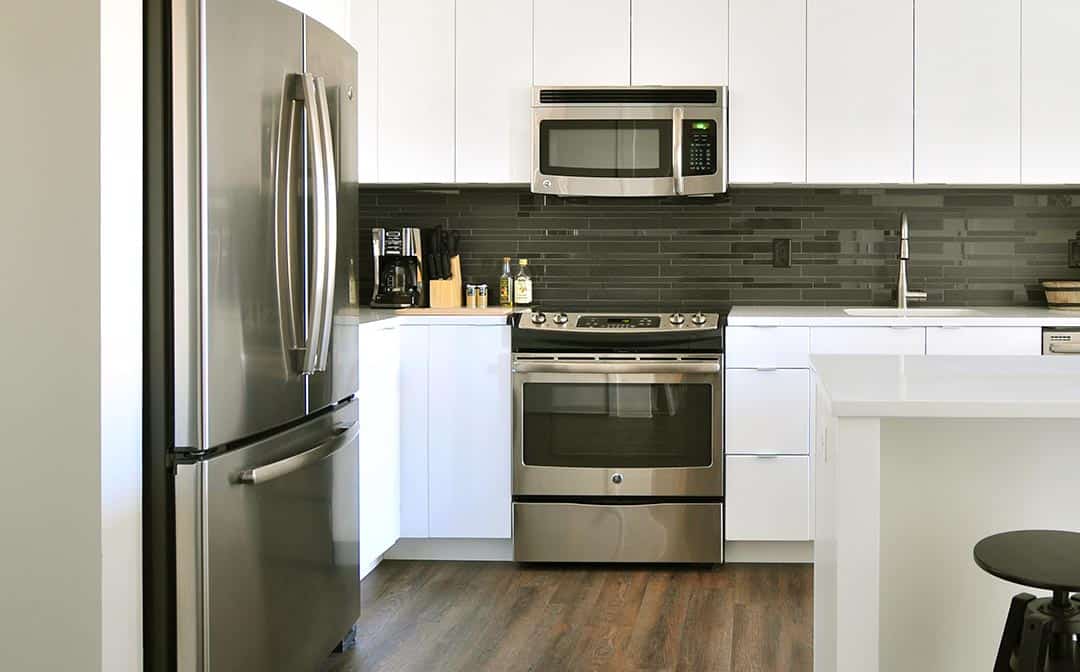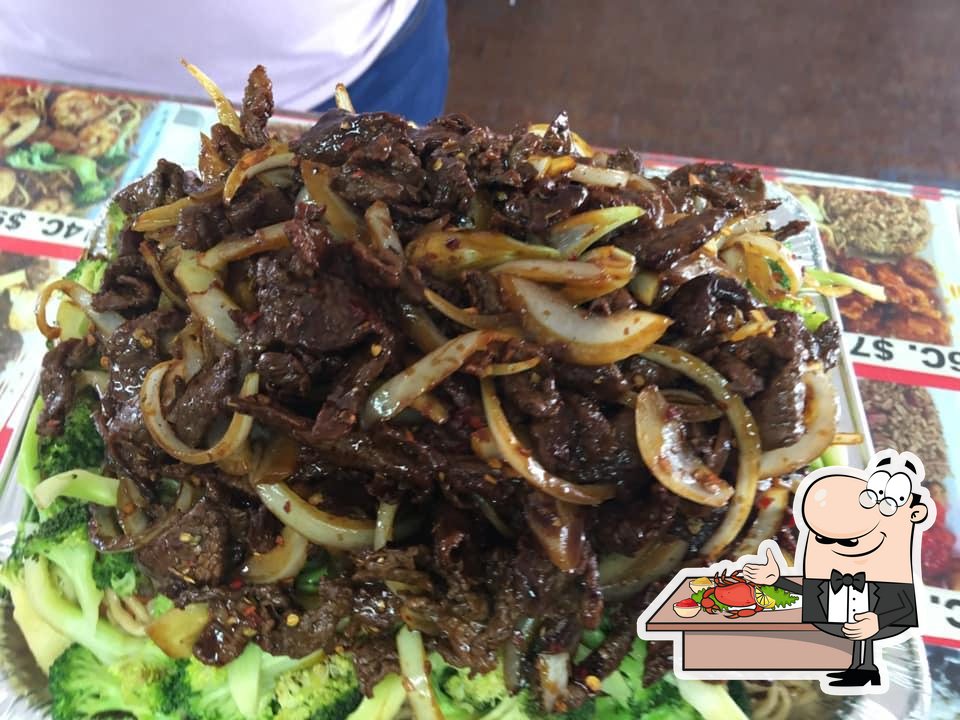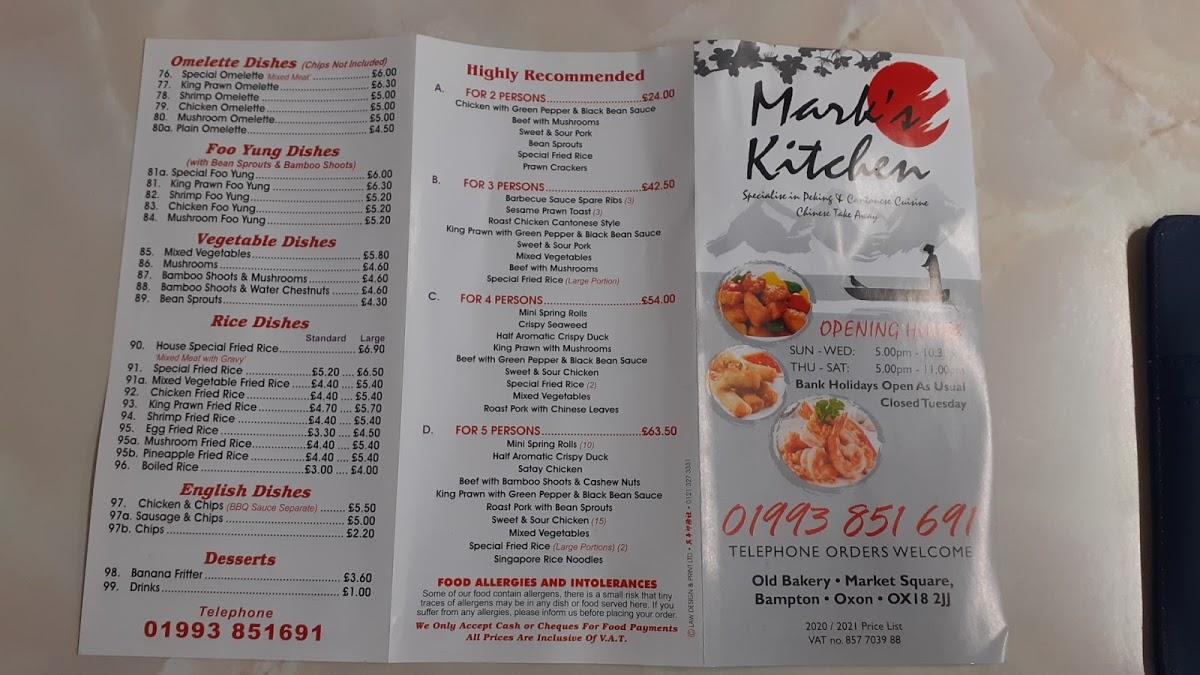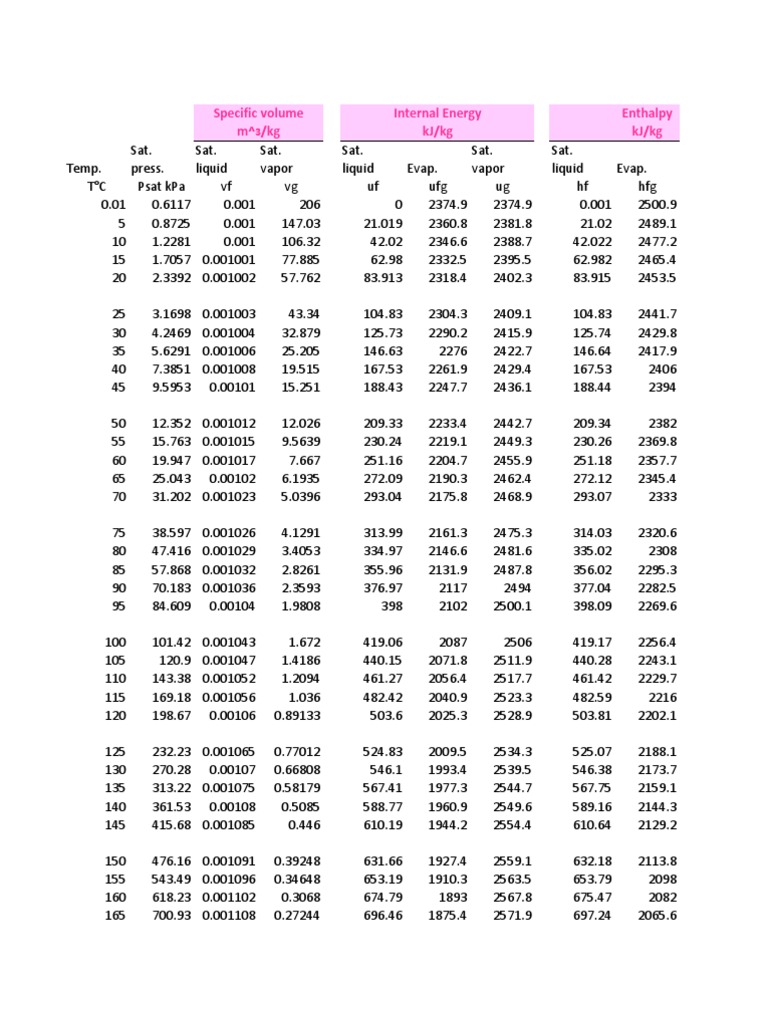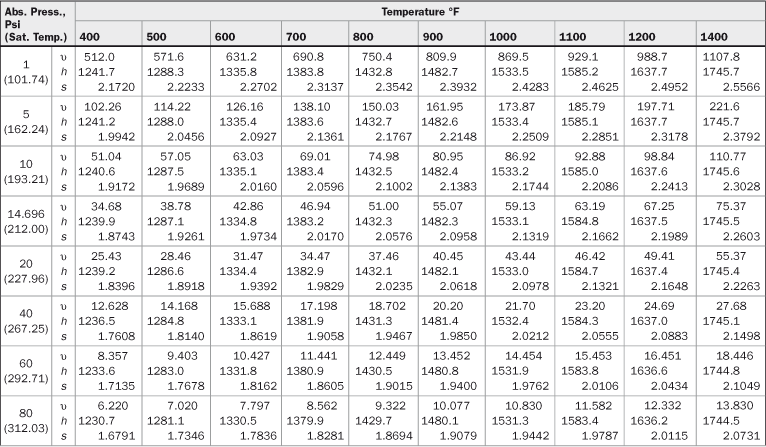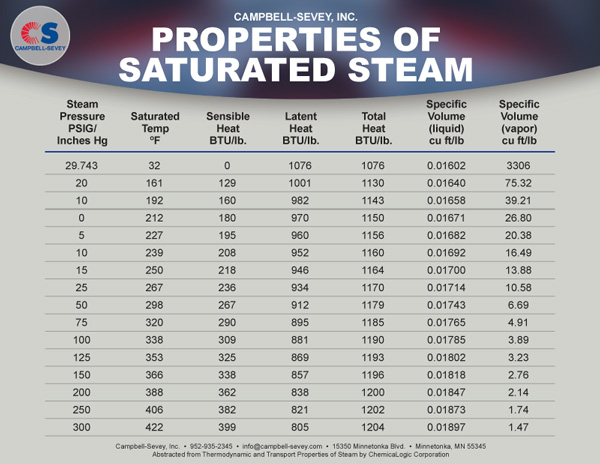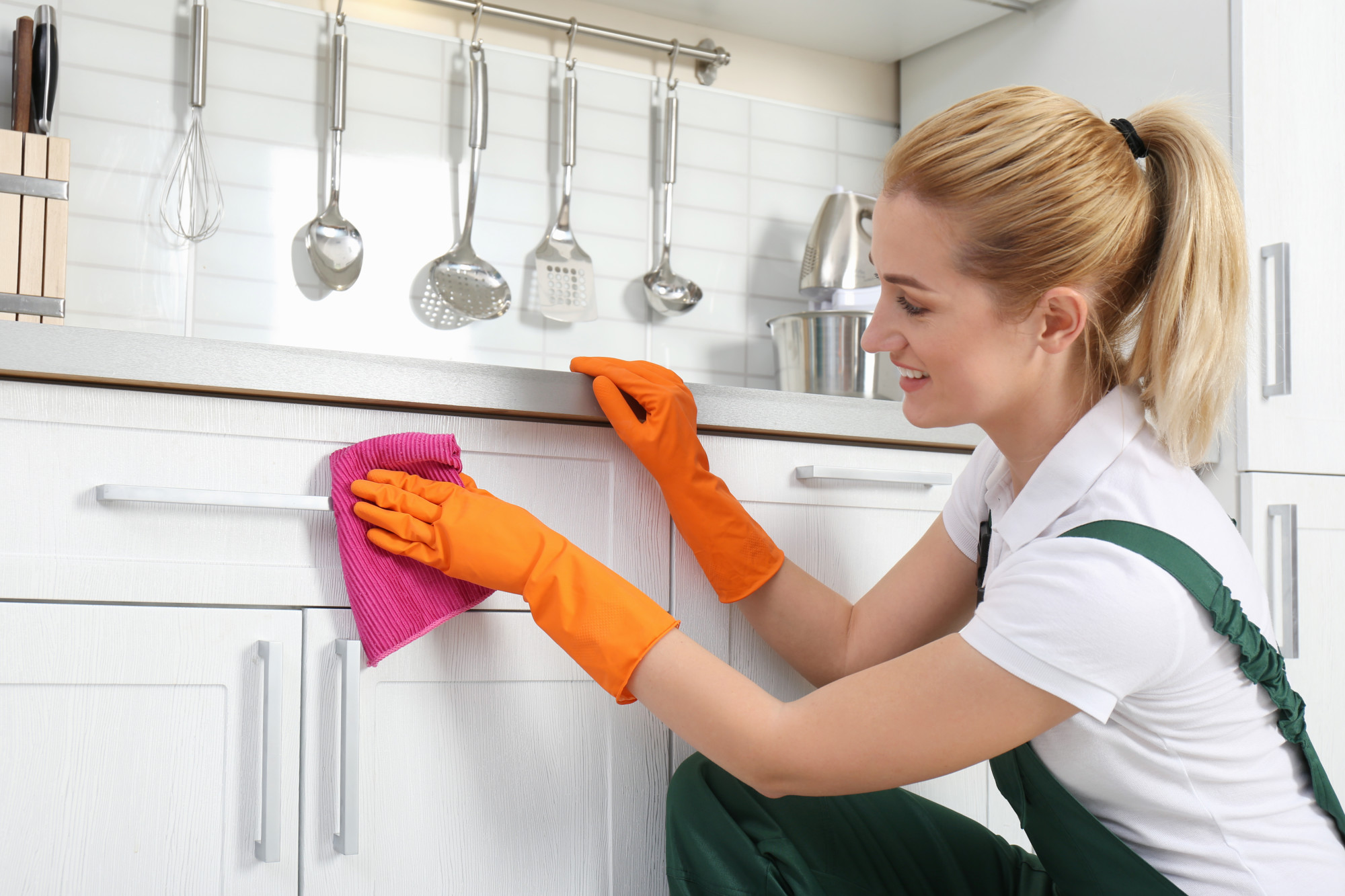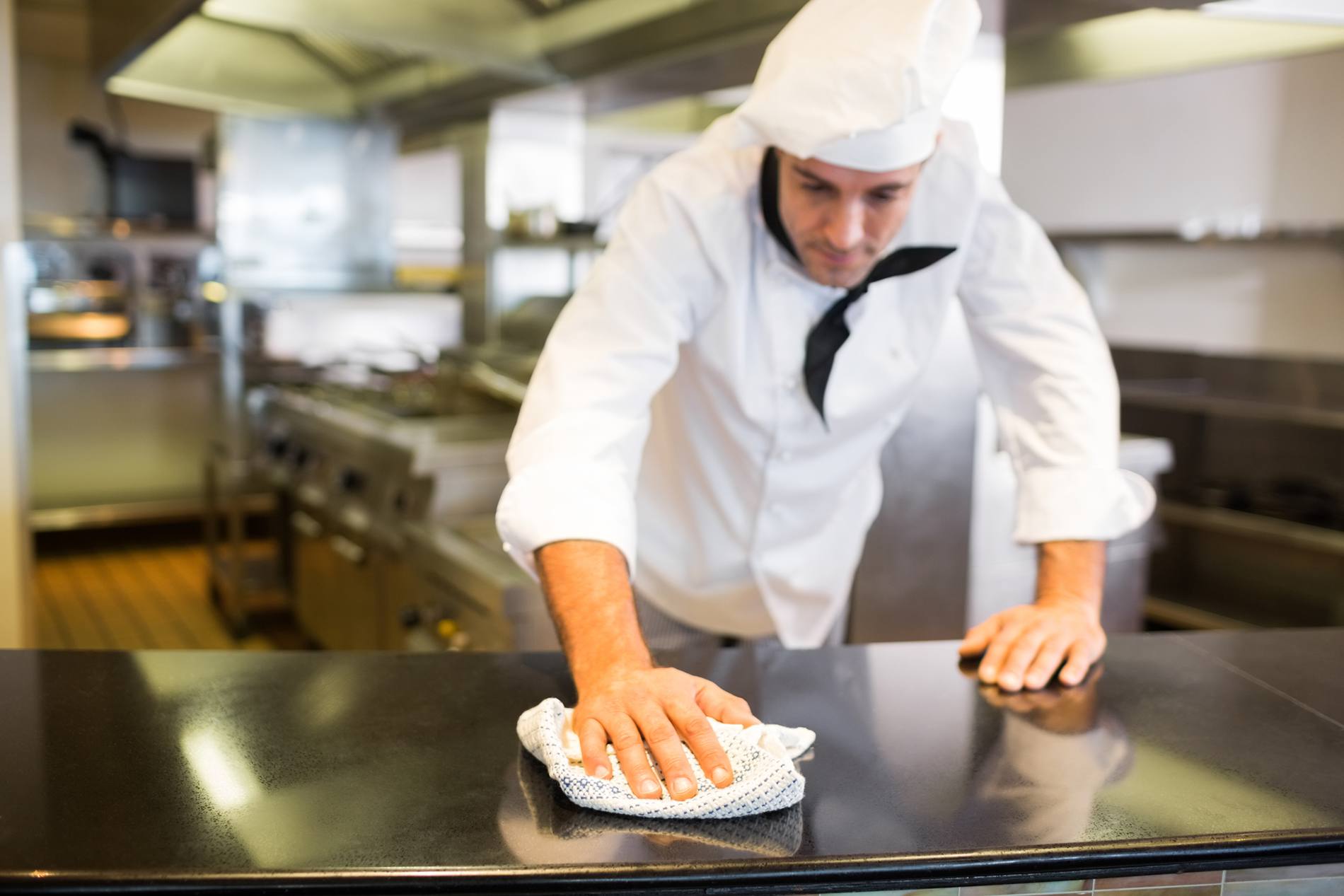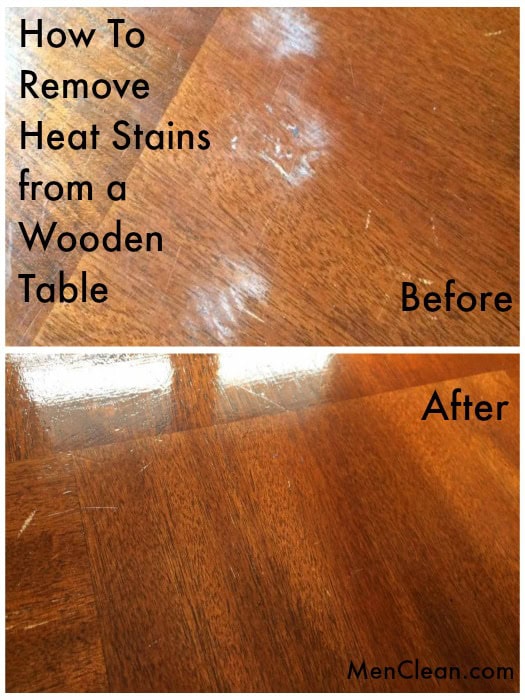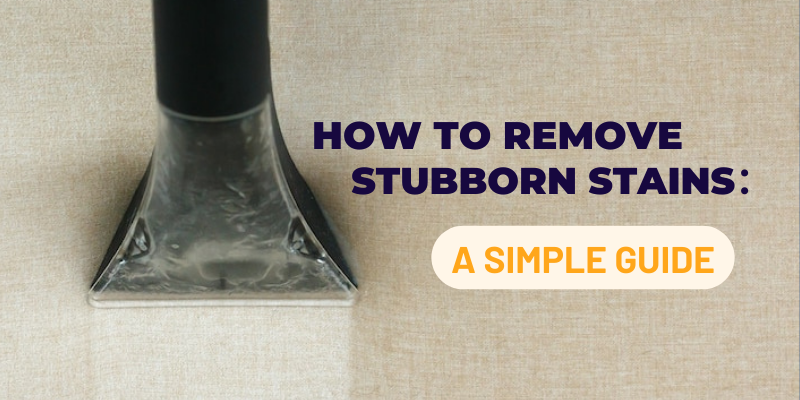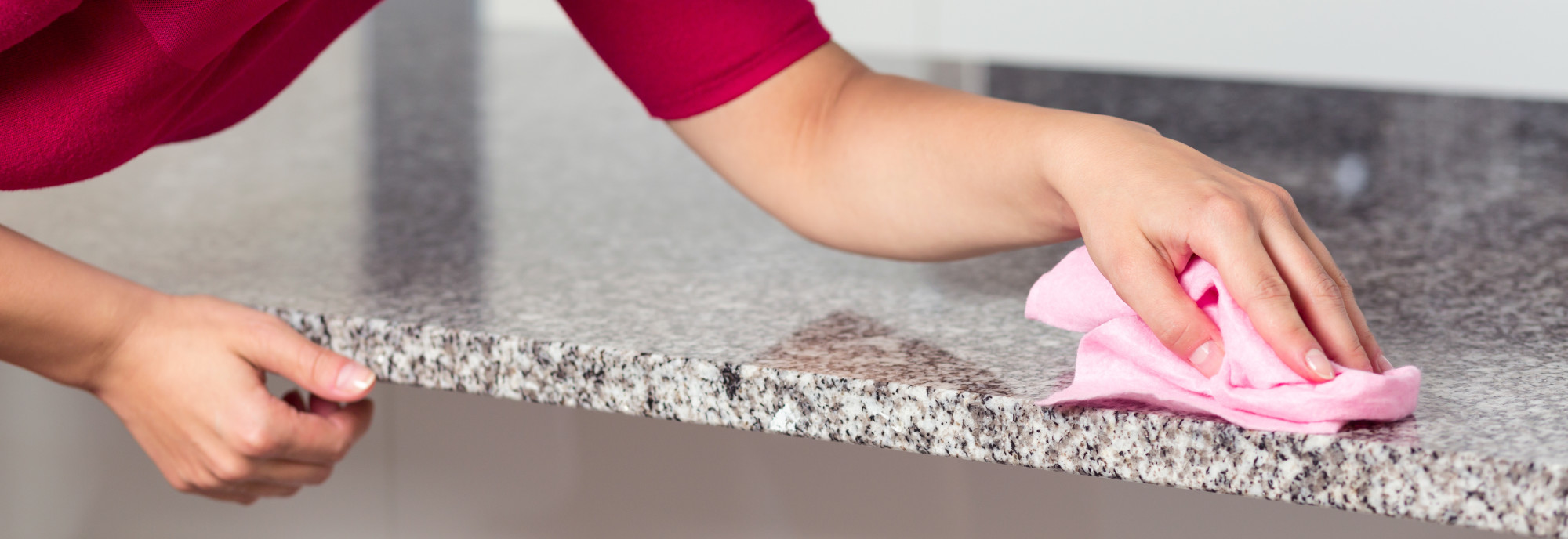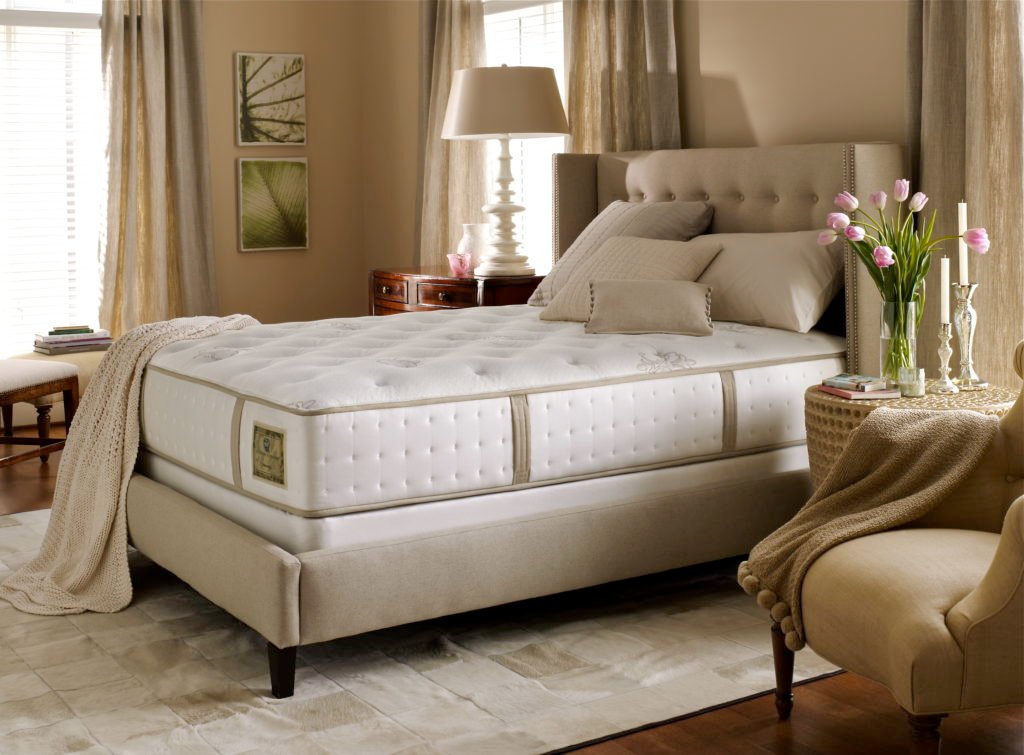1. How to Remove Steam Marks from a Wooden Table
If you have a beautiful wooden kitchen table, the last thing you want to see are unsightly steam marks ruining its appearance. These marks can be caused by hot dishes, cups, or even a simple spill of hot water. But don't worry, with the right techniques, you can easily remove these marks and restore your table to its former glory.
First, try using a mixture of equal parts vinegar and olive oil. Apply the mixture onto the steam marks and let it sit for a few minutes. Then, using a soft cloth, gently rub the marks in a circular motion. This method can also help remove scratches on your table, giving it a renewed shine.
If the steam marks are stubborn, try using a mixture of baking soda and water. Apply the paste onto the marks, let it sit for a few minutes, and then gently rub it off with a soft cloth. This method is especially effective on darker wood tables.
2. Tips for Preventing Steam Marks on Your Kitchen Table
Prevention is always better than cure, especially when it comes to steam marks on your kitchen table. Here are some tips to help you avoid these marks in the first place:
- Always use coasters or trivets for hot dishes and cups.
- If you spill hot water or any other liquid, wipe it up immediately to prevent it from seeping into the wood.
- Use a tablecloth or placemats to protect your table from hot dishes or spills.
- Avoid placing hot dishes directly on the table's surface, even if it is heat resistant.
3. DIY Methods for Removing Steam Marks on a Kitchen Table
If you prefer to use natural ingredients, there are several DIY methods for removing steam marks on your kitchen table:
- Lemon juice and salt: Mix equal parts of lemon juice and salt to create a paste. Apply it onto the steam marks and let it sit for a few minutes before wiping it off with a soft cloth.
- Toothpaste: Apply a small amount of toothpaste onto the marks and rub it gently with a soft cloth. Rinse off the toothpaste and dry the area.
- Mayonnaise: Apply a thin layer of mayonnaise onto the marks and let it sit for an hour before wiping it off with a damp cloth.
4. Using Heat to Remove Steam Marks on a Kitchen Table
In some cases, using heat can help remove steam marks from your kitchen table. Here are two methods you can try:
- Hot iron: Place a towel over the steam marks and use a hot iron to gently press down on the towel. The steam from the iron will help lift the marks off the table's surface.
- Hair dryer: Set your hair dryer on the hottest setting and aim it at the steam marks. The heat will help evaporate the moisture and remove the marks.
5. How to Protect Your Kitchen Table from Steam Marks
Prevention is key, but there are also some ways you can protect your kitchen table from steam marks:
- Apply a protective coating: You can use a wax, oil, or varnish specifically designed for wooden surfaces to create a protective barrier on your table. This will make it easier to wipe off any steam marks or spills that occur.
- Use a heat-resistant mat: If you frequently place hot dishes on your kitchen table, invest in a heat-resistant mat or trivet to protect the surface from direct heat.
- Keep a towel handy: Have a towel or cloth nearby to quickly wipe up any spills or moisture before it can damage your table.
6. The Best Products for Removing Steam Marks on a Kitchen Table
If you prefer to use commercial products, there are many options available for removing steam marks on your kitchen table. Look for products specifically designed for wooden surfaces and follow the instructions carefully. Some popular options include:
- Murphy's Oil Soap
- Howard Feed-N-Wax Wood Polish and Conditioner
- Minwax Wood Finish Stain Marker
- Guardsman Water Mark Remover Cloth
7. Common Causes of Steam Marks on Kitchen Tables
Understanding the common causes of steam marks on kitchen tables can help you prevent them in the future. Here are some of the most common culprits:
- Hot dishes or cups placed directly on the table's surface
- Spills of hot water, coffee, or other liquids
- Exposure to steam from cooking or boiling water
- Lack of a protective barrier, such as wax or oil, on the table's surface
8. How to Clean and Maintain Your Kitchen Table to Prevent Steam Marks
Regular cleaning and maintenance can go a long way in preventing steam marks on your kitchen table. Here are some tips to keep your table in top condition:
- Dust your table regularly with a soft cloth or feather duster.
- Use a mild soap and water solution to clean the surface, and dry it immediately with a soft cloth.
- Avoid using harsh chemicals or abrasive cleaners on your table as they can damage the surface.
- Apply a protective coating, such as wax or oil, every few months to maintain the table's shine and protect it from steam marks.
9. Removing Stubborn Steam Marks on a Kitchen Table
In some cases, steam marks can be stubborn and difficult to remove. Here are some additional tips to help you tackle those stubborn marks:
- Use a gentle scrubbing pad or steel wool to gently buff the marks. Be careful not to apply too much pressure as it can damage the wood.
- Apply a small amount of non-gel toothpaste onto the marks and let it sit for a few minutes before wiping it off with a damp cloth.
- Mix equal parts of baking soda and toothpaste to create a paste and apply it onto the marks. Let it sit for 10-15 minutes before wiping it off.
10. Professional Tips for Removing Steam Marks on a Kitchen Table
If all else fails, you can always seek the help of a professional to remove stubborn steam marks from your kitchen table. Here are some tips from the experts:
- Use a wood-specific cleaner: Professional cleaners often use specialized products that are safe for use on wooden surfaces and can effectively remove steam marks.
- Consider refinishing: If the steam marks are deep and won't come off, it may be time to consider refinishing your kitchen table. This will not only remove the marks but also give your table a fresh new look.
- Seek professional restoration: If your kitchen table holds sentimental value or is a valuable antique, it may be best to seek the help of a professional restoration service to ensure the marks are removed without causing any damage to the table.
In conclusion, steam marks can be a frustrating and unsightly problem on kitchen tables, but with the right techniques and preventive measures, you can easily remove and prevent them. Whether you prefer natural DIY methods or commercial products, always be gentle and test on a small, inconspicuous area first. With proper care and maintenance, your kitchen table can continue to be a beautiful and functional centerpiece in your home.
The Impact of Steam Marks on Kitchen Tables: Tips for Maintaining a Beautiful House Design
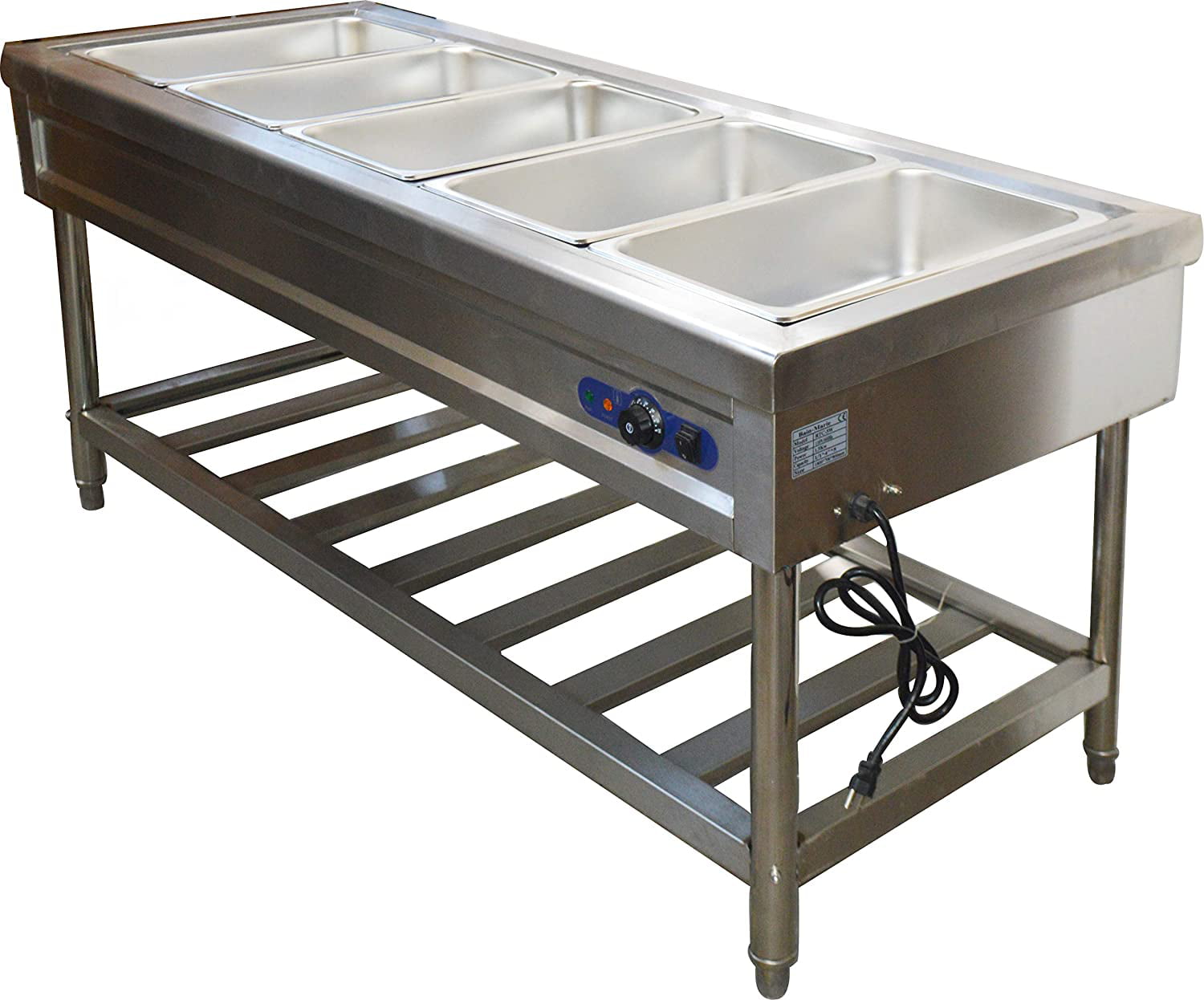
The Importance of a Well-Maintained Kitchen Table
 A kitchen table is not just a piece of furniture; it is the focal point of the kitchen. It is where meals are shared, conversations are had, and memories are made. As such, it is important to keep this essential piece of furniture looking its best. However, one common problem that homeowners face is the appearance of steam marks on their kitchen table. These unsightly marks can ruin the overall aesthetic of a kitchen, making it look dirty and unkempt. In this article, we will discuss the impact of steam marks on kitchen tables and provide tips for maintaining a beautiful house design.
A kitchen table is not just a piece of furniture; it is the focal point of the kitchen. It is where meals are shared, conversations are had, and memories are made. As such, it is important to keep this essential piece of furniture looking its best. However, one common problem that homeowners face is the appearance of steam marks on their kitchen table. These unsightly marks can ruin the overall aesthetic of a kitchen, making it look dirty and unkempt. In this article, we will discuss the impact of steam marks on kitchen tables and provide tips for maintaining a beautiful house design.
The Culprit: Steam
 Steam marks on kitchen tables are caused by the moisture and heat from hot dishes or drinks placed directly on the table's surface. This moisture can penetrate the finish of the table, causing it to become discolored and dull. Additionally, the heat from these items can also damage the finish, leading to cracks and warping. If left untreated, these steam marks can become permanent and ruin the appearance of the table.
Steam marks on kitchen tables are caused by the moisture and heat from hot dishes or drinks placed directly on the table's surface. This moisture can penetrate the finish of the table, causing it to become discolored and dull. Additionally, the heat from these items can also damage the finish, leading to cracks and warping. If left untreated, these steam marks can become permanent and ruin the appearance of the table.
Tips for Preventing Steam Marks
 The best way to deal with steam marks is to prevent them from occurring in the first place. Here are some tips to help you maintain a beautiful kitchen table:
1. Use coasters and trivets:
Placing hot dishes or drinks directly on the kitchen table can cause steam marks. To prevent this, use coasters or trivets to create a barrier between the hot items and the table's surface.
2. Wipe up spills immediately:
If any liquid spills onto the table, be sure to wipe it up immediately to prevent it from seeping into the finish.
3. Use a tablecloth or placemats:
Another way to protect your kitchen table from steam marks is to use a tablecloth or placemats. These not only add a decorative touch to your table but also provide a protective layer against moisture and heat.
4. Consider a heat-resistant table pad:
For extra protection, you can invest in a heat-resistant table pad. These pads are specifically designed to withstand high temperatures and can prevent steam marks from forming.
The best way to deal with steam marks is to prevent them from occurring in the first place. Here are some tips to help you maintain a beautiful kitchen table:
1. Use coasters and trivets:
Placing hot dishes or drinks directly on the kitchen table can cause steam marks. To prevent this, use coasters or trivets to create a barrier between the hot items and the table's surface.
2. Wipe up spills immediately:
If any liquid spills onto the table, be sure to wipe it up immediately to prevent it from seeping into the finish.
3. Use a tablecloth or placemats:
Another way to protect your kitchen table from steam marks is to use a tablecloth or placemats. These not only add a decorative touch to your table but also provide a protective layer against moisture and heat.
4. Consider a heat-resistant table pad:
For extra protection, you can invest in a heat-resistant table pad. These pads are specifically designed to withstand high temperatures and can prevent steam marks from forming.
Removing Existing Steam Marks
 If your kitchen table already has steam marks, there are a few things you can do to remove them. First, try using a mixture of equal parts white vinegar and olive oil. Apply this mixture to the affected area and let it sit for a few minutes before wiping it off with a clean cloth. If this does not work, you can also try using a wood cleaner specifically designed for removing water and heat stains. Be sure to follow the instructions on the cleaner carefully.
If your kitchen table already has steam marks, there are a few things you can do to remove them. First, try using a mixture of equal parts white vinegar and olive oil. Apply this mixture to the affected area and let it sit for a few minutes before wiping it off with a clean cloth. If this does not work, you can also try using a wood cleaner specifically designed for removing water and heat stains. Be sure to follow the instructions on the cleaner carefully.
In Conclusion
 In summary, steam marks on kitchen tables can have a significant impact on the overall house design. By following the tips mentioned above, you can prevent these marks from occurring and keep your kitchen table looking beautiful for years to come. Remember, a well-maintained kitchen table is not just aesthetically pleasing, but it also creates a warm and welcoming atmosphere for your home. So, take the necessary steps to protect your kitchen table and preserve its beauty.
In summary, steam marks on kitchen tables can have a significant impact on the overall house design. By following the tips mentioned above, you can prevent these marks from occurring and keep your kitchen table looking beautiful for years to come. Remember, a well-maintained kitchen table is not just aesthetically pleasing, but it also creates a warm and welcoming atmosphere for your home. So, take the necessary steps to protect your kitchen table and preserve its beauty.

